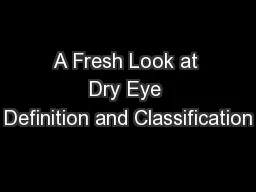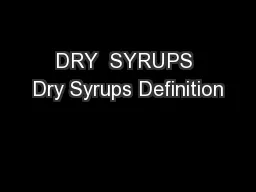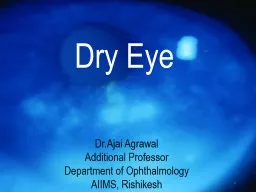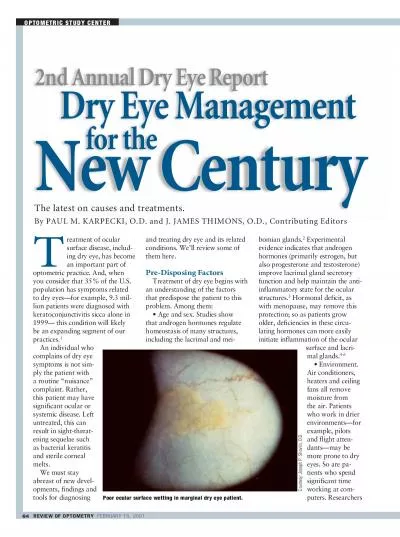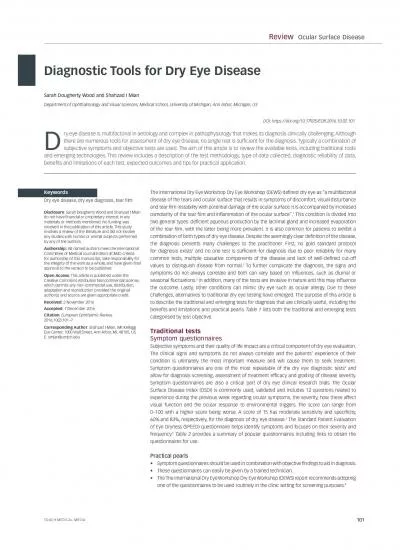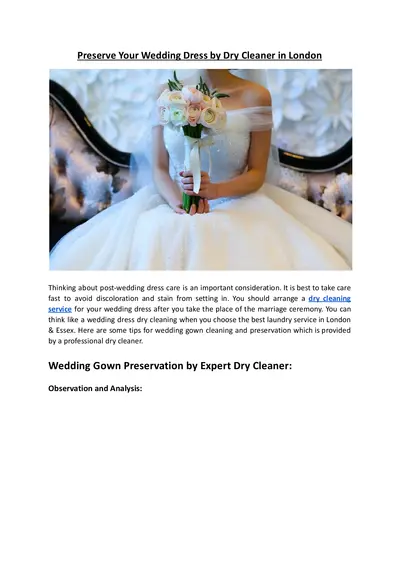PPT-A Fresh Look at Dry Eye Definition and Classification
Author : faustina-dinatale | Published Date : 2018-09-17
of Dry Eye DED Magnitude of Problem TFOS DEWS II Revised Definition TFOS DEWS II Definition The Meaning of the Words TFOS DEWS II Report Classification System Key
Presentation Embed Code
Download Presentation
Download Presentation The PPT/PDF document "A Fresh Look at Dry Eye Definition and C..." is the property of its rightful owner. Permission is granted to download and print the materials on this website for personal, non-commercial use only, and to display it on your personal computer provided you do not modify the materials and that you retain all copyright notices contained in the materials. By downloading content from our website, you accept the terms of this agreement.
A Fresh Look at Dry Eye Definition and Classification: Transcript
Download Rules Of Document
"A Fresh Look at Dry Eye Definition and Classification"The content belongs to its owner. You may download and print it for personal use, without modification, and keep all copyright notices. By downloading, you agree to these terms.
Related Documents

